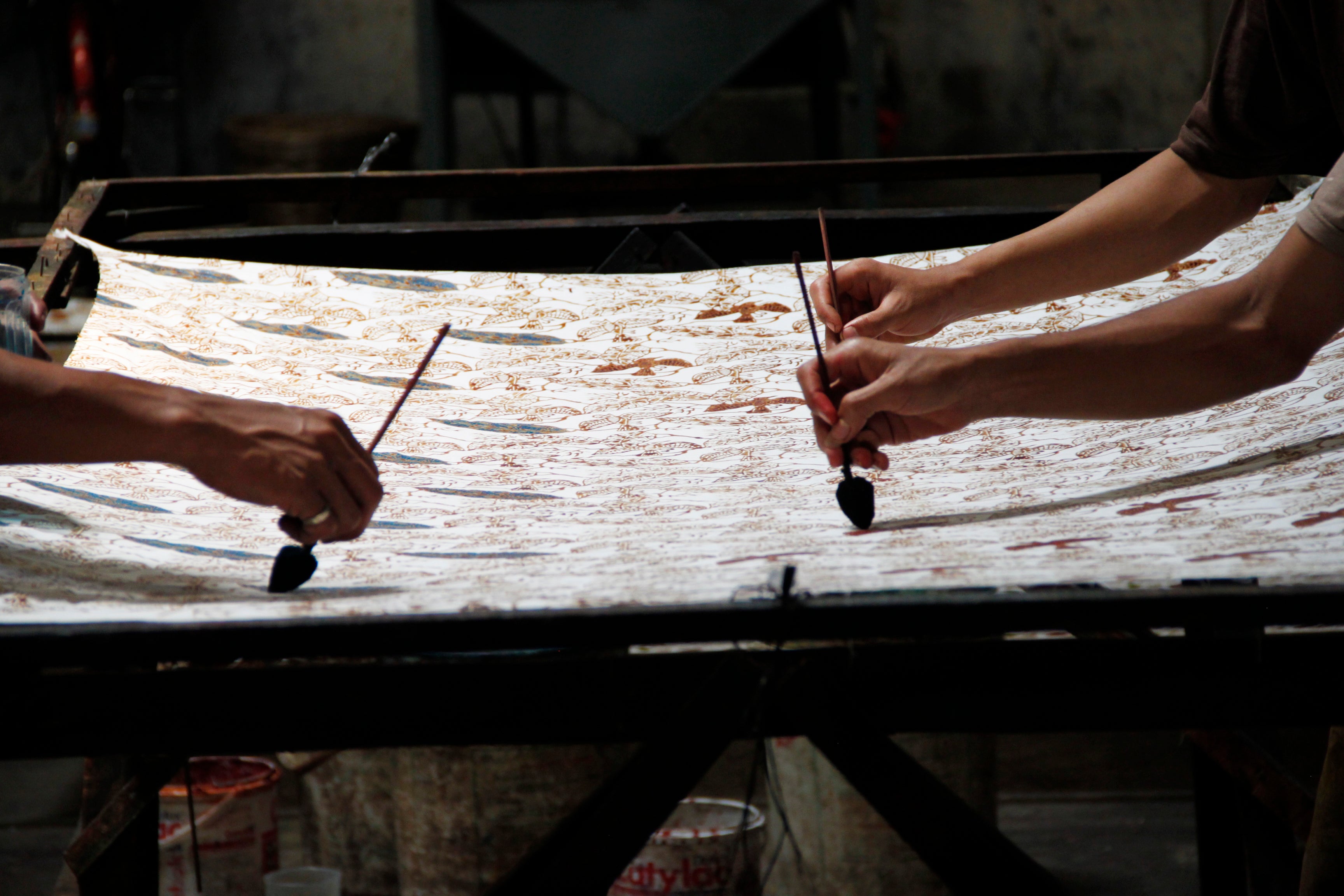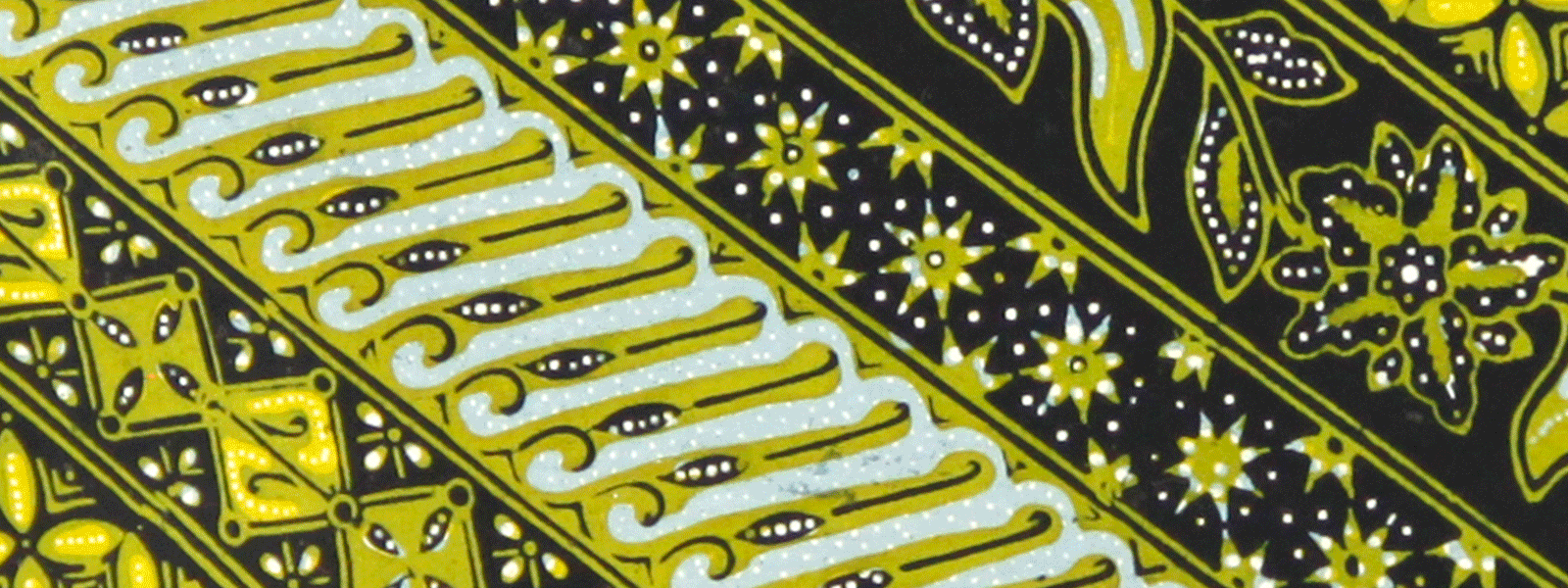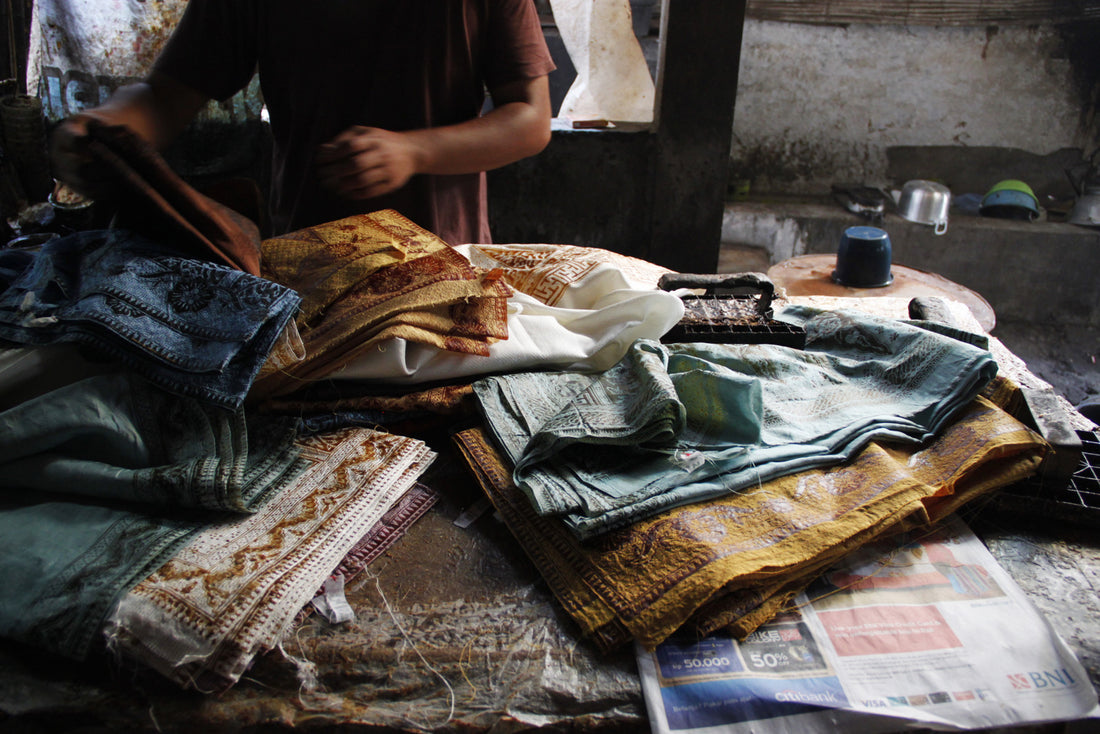Textiles from our Indonesian and Ghanian collections use a printing method known as "batik."
Today, the most common area where the batik method is used is in Java, Indonesia where Ethnotek sources Threads for the Indonesian collection. Batik is also prevalent in the Middle East, Africa, Malaysia, China, Thailand, the Philippines, and England.
There is speculation among experts about the true origin of batik, but mummies in Egypt have been discovered with etchings and patterns on the cloth used to wrap bodies.
The word, "batik," is Malayan (the written language of Indonesia and Malaysia) which means, "to write," or "to dot," and is part of the process of creating the designs and patterns you find on batik textiles.

In Indonesia, batik was originally exclusive to royalty and designs and patterns signified the families who wore them - similar to a family crest! Batik was also a hobby of royal women.
Many of the patterns you see in batik today still possess symbolic meaning to the wearer and are believed to bring about wealth, happiness, peace, or prosperity.

The process of batik is intricate and repetitive, using wax and dye to create the illuminating and beautiful designs on the textiles. Depending on where the actual method may differ (Ghana vs. Indonesia). Read more about the detailed batik process here.
So there you have it! A peek into the history of how the artisans make the batik textiles on our Threads!

